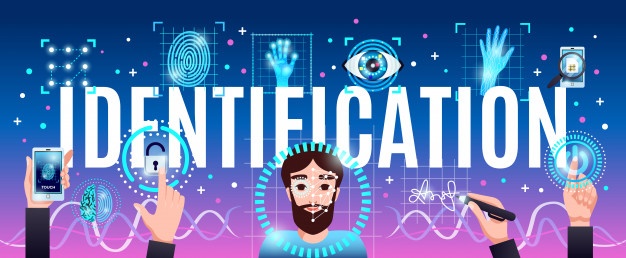The use of biometrics for security systems has been around for quite some time now and is accepted by companies around the world to be secure and efficient. However, there are still cases of fraud where companies lose a lot of money and often end up in bankruptcy.
Since the mass digitization of companies, fraud cases have increased rapidly. Criminals find sophisticated ways to manipulate systems and gain unauthorized access. Most of these frauds originate from the online onboarding of clients, which isn’t secure enough in many cases.
Facial Recognition Technology
Facial recognition technology has emerged to counter identity fraud in the online environment. It provides an easy way for clients to authenticate themselves as they do not have to remember hundreds of passwords, and just have to show their face to a biometric scanner. At the same time, it’s a secure authentication method because faces cannot be hacked or manipulated as easily as passwords or PINs.
Facial verification is done using biometrics and AI technology which allows the system to verify an individual by analyzing the characteristics of their face. The algorithms of machine learning match the data captured using biometrics with the previously stored data about that particular individual, including their identity documents.
This is a much more efficient way of verifying identities compared to the manual methods that were used earlier. Client face verification provides ease and security at the same time, making it a popular choice among institutions
The accurate detection of digital information from clients’ faces provides businesses with a tool to help filter the bad actors out of their system.
One of the recent uses of facial recognition is in KYC (know your customer) systems that are designed to carry out customer authentication in businesses. KYC requires the potential customer to show their face and ID documents to the camera simultaneously.
Client face verification helps automate the security system by eliminating the need for manual verification. The implementation simply requires installing the service, but the process in the backend is a complex one. This is how various technologies are used in client face verification:
Liveness Detection
With cybercriminals getting more sophisticated in their act of identity fraud, the technology to detect this needs to be equally good. Liveness detection technology is capable of capturing and analyzing unique characteristics as well as movements of a face. In this way, liveness detection helps determine the difference between a real person appearing in front of the camera and a fake image/video.
3D Depth Perception
Apart from liveness detection, another technique of 3D depth perception provides the tool for checking facial features in detail. With the use of 3D depth perception, client face verification can easily reject the usage of photoshop and deep fake, and only real people can be identified. Data from the contours, edges, and depths of the face is captured and converted to digital information for analysis.
Texture Analysis
Texture analysis uses deep learning to capture information from minor parts of the face to detect patterns and hence differentiate between a real and tampered image.
Threats To Security In Businesses
In some regions, the authorities have not yet allowed businesses to implement client face verification. In this case, the companies face risks of fraud because passwords and PINs are never secure. Additionally, there are new types of frauds like credential stuffing where criminals breach company data to get access. Another scam is called replay attack where the fraudsters show fake ID documents, again and again, to fool the system into successful authentication.
Benefits of Face Verification
Client face verification is sometimes misunderstood and deemed inefficient when considering the verification of people belonging to different regions around the world. This is because machine learning algorithms learn from what they process. So with every passing day, this technology becomes more efficient.
Client face verification is used in airports for verifying passengers because there’s a lot of fraud in the travel industry as well. Client face verification not only reduces the risks of these crimes but also provides an easy way for passenger authentication.
verifying businesses implement client face verification in order to protect their operations and the transactions of their clients. Other applications of this technology are digital e-commerce and fintech platforms, as well as police departments.
Final Thoughts
To sum it up, the increasing need for businesses to shift their operations and transactions to online platforms has called for security systems for client verification. Client face verification provides an easy and efficient way of authentication while providing safety for both parties.

